Here you find current and previous news from the PSI Center for Neutron and Muon Sciences.
Ion-Induced Formation of Nanocrystalline Cellulose Colloidal Glasses Containing Nematic Domains
Controlling the assembly of colloids in dispersion is a fundamental approach toward the production of functional materials. Nanocrystalline cellulose (NCC) is a charged nanoparticle whose colloidal interactions can be modulated from repulsive to attractive by increasing ionic strength.
Negative flat band magnetism in a spin–orbit-coupled correlated kagome magnet
Electronic systems with flat bands are predicted to be a fertile ground for hosting emergent phenomena including unconven- tional magnetism and superconductivity, but materials that manifest this feature are rare. Here, we use scanning tunnelling microscopy to elucidate the atomically resolved electronic states and their magnetic response in the kagome magnet Co3Sn2S2.
Electronic localization in CaVO3 films via bandwidth control
Understanding and controlling the electronic structure of thin layers of quantum materials is a crucial first step towards designing heterostructures where new phases and phenomena, including the metal-insulator transition (MIT), emerge. Here, we demonstrate control of the MIT via tuning electronic bandwidth and local site environment through selection of the number of atomic layers deposited.
Anisotropic Diffusion and Phase Behavior of Cellulose Nanocrystal Suspensions
In this paper, we use dynamic light scattering in polarized and depolarized modes to determine the translational and rotational diffusion coefficients of concentrated rodlike cellulose nanocrystals in aqueous suspension. Within the range of studied concentrations (1–5 wt %), the suspension starts a phase transition from an isotropic to an anisotropic state as shown by polarized light microscopy and viscosity measurements.
Search for the Magnetic Monopole at a Magnetoelectric Surface
We show, by solving Maxwell’s equations, that an electric charge on the surface of a slab of a linear magnetoelectric material generates an image magnetic monopole below the surface provided that the magnetoelectric has a diagonal component in its magnetoelectric response. The image monopole, in turn, generates an ideal monopolar magnetic field outside of the slab.
Detailed polarization measurements of the prompt emission of five gamma-ray bursts
Gamma-ray bursts (GRBs) are the strongest explosions in the Universe since the Big Bang. They are believed to be produced either in the formation of black holes at the end of massive star evolution or the merging of compact objects.
Magnetism in semiconducting molybdenum dichalcogenides
Transition metal dichalcogenides (TMDs) are interesting for understanding the fundamental physics of two-dimensional (2D) materials as well as for applications to many emerging technologies, including spin electronics.
Time-Reversal Symmetry Breaking in Re-Based Superconductors
To trace the origin of time-reversal symmetry breaking (TRSB) in Re-based superconductors, we performed comparative muon-spin rotation and relaxation (μSR) studies of superconducting noncentro-symmetric Re0.82Nb0.18 (Tc=8.8 K) and centrosymmetric Re (Tc=2.7 K).
EPFL Adjunct Professorship to Christopher Mudry
Dr Christopher Mudry, who joined PSI in 1999 and is Research Group Leader of the Condensed Matter Theory Group at PSI since 2009, was awarded the title of Adjunct Professor at EPF Lausanne with the following citation. "Dr Christopher Mudry is a highly acclaimed theoretical physicist. He is regarded as one of the world’s leading experts on the quantum field theory of condensed matter and in the rapidly developing field of the topological properties of matter."
First Observation of P-odd γ Asymmetry in Polarized Neutron Capture on Hydrogen
We report the first observation of the parity-violating gamma-ray asymmetry Aγnp in neutron-proton capture using polarized cold neutrons incident on a liquid parahydrogen target at the Spallation Neutron Source at Oak Ridge National Laboratory.
Poling of an artificial magneto-toroidal crystal
Although ferromagnetism is known to be of enormous importance, the exploitation of materials with a compensated (for example, antiferromagnetic) arrangement of long-range ordered magnetic moments is still in its infancy. Antiferromagnetism is more robust against external perturbations, exhibits ultrafast responses of the spin system and is key to phenomena such as exchange bias, magnetically induced ferroelectricity or certain magnetoresistance phenomena.
A manganese hydride molecular sieve for practical hydrogen storage under ambient conditions
A viable hydrogen economy has thus far been hampered by the lack of convenient hydrogen storage solutions for long hauls and transportation/delivery infrastructure. Current approaches require high pressure and/or complex heat management systems to achieve acceptable storage densities. Development of hydrogen storage solutions operating at near ambient conditions can mitigate the complexity, cost and safety perception issues currently hindering the hydrogen economy.
ERC Consolidator grant for Paolo Crivelli
Dr Paolo Crivelli (ETH Zurich, Department of Physics, Institute for Particle Physics and Astrophysics) has recently been awarded an ERC Consolidator grant for his project "Mu-MASS" aiming at a new precision measurement of the Muonium 1S-2S transition energy, ultimately with an improvement by three orders of magnitude.
Eccellenza Professorship to Lea Caminada
Dr Lea Caminada has been awarded a Swiss National Science Foundation (SNF) Eccellenza Professorial Fellowship.
Multiple-q noncollinear magnetism in an itinerant hexagonal magnet
Multiple-q spin order, i.e., a spin texture characterized by a multiple number of coexisting magnetic modulation vec- tors q, has recently attracted attention as a source of nontrivial magnetic topology and associated emergent phenome- na. One typical example is the triple-q skyrmion lattice state stabilized by Dzyaloshinskii-Moriya interactions in noncentrosymmetric magnets, while the emergence of various multiple-q states of different origins is expected according to the latest theories.
Adsorption and Interfacial Layer Structure of Unmodified Nanocrystalline Cellulose at Air/Water Interfaces
Nanocrystalline cellulose (NCC) is a promising biological nanoparticle for the stabilization of fluid interfaces, which is however poorly understood due to the inability to form controlled NCC interfacial layers. Herein we present parameters that allow the adsorption of unmodified NCC at the air-water (A/W) interface. Initial NCC adsorption is limited by diffusion, followed by monolayer saturation and decrease in surface tension at the time scale of hours.
Linking Structure to Dynamics in Protic Ionic Liquids: A Neutron Scattering Study of Correlated and Single-Particle Motions
Coupling between dynamical heterogeneity of ionic liquids and their structural periodicity on different length-scales can be directly probed by quasielastic neutron scattering with polarization analysis. The technique provides the tools to investigate single-particle and cooperative ion motions separately and, thus, dynamics of ion associations affecting the net charge transport can be experimentally explored.
Charges enter the ice age
Scattering experiments establish the partly disordered material CsNiCrF6 as the first verified example of a charge ice — and show that it supports Coulomb phases with correlations in three different degrees of freedom.
Design of magnetic spirals in layered perovskites: Extending the stability range far beyond room temperature
In insulating materials with ordered magnetic spiral phases, ferroelectricity can emerge owing to the breaking of in- version symmetry. This property is of both fundamental and practical interest, particularly with a view to exploiting it in low-power electronic devices. Advances toward technological applications have been hindered, however, by the rel- atively low ordering temperatures Tspiral of most magnetic spiral phases, which rarely exceed 100 K.
Making the impossible possible
Use of multiferroic materials promises more energy-efficient computers because in these, an electric field would suffice to achieve magnetic data storage. Researchers at PSI have now made such a material suitable for computer operating temperatures.
Rolling dopant and strain in Y-doped BiFeO3 epitaxial thin films for photoelectrochemical water splitting
We report significant photoelectrochemical activity of Y-doped BiFeO3 (Y-BFO) epitaxial thin films deposited on Nb:SrTiO3 substrates. The Y-BFO photoanodes exhibit a strong dependence of the photocurrent values on the thickness of the films, and implicitly on the induced epitaxial strain.
Dynamic volume magnetic domain wall imaging in grain oriented electrical steel at power frequencies with accumulative high-frame rate neutron dark-field imaging
The mobility of magnetic domains forms the link between the basic physical properties of a magnetic material and its global characteristics such as permeability and saturation field. Most commonly, surface domain structure are studied using magneto-optical Kerr microscopy. The limited information depth of approx. 20 nanometers, however, allows only for an indirect interpretation of the internal volume domain structures.
Dynamics of the Coordination Complexes in a Solid-State Mg Electrolyte
Coordination complexes of magnesium borohydride show promising properties as solid electrolytes for magnesium ion batteries and warrant a thorough microscopic description of factors governing their mobility properties. Here, the dynamics of Mg(BH4)2-diglyme0.5 on the atomic level are investigated by means of quasielastic neutron scattering supported by density functional theory calculations and IR and NMR spectroscopy.
Multiple Coulomb phase in the fluoride pyrochlore CsNiCrF6
The Coulomb phase is an idealized state of matter whose properties are determined by factors beyond conventional consid- erations of symmetry, including global topology, conservation laws and emergent order. Theoretically, Coulomb phases occur in ice-type systems such as water ice and spin ice; in dimer models; and in certain spin liquids. However, apart from ice-type systems, more general experimental examples are very scarce.
Observation of the out-of-plane magnetization in a mesoscopic ferromagnetic structure superjacent to a superconductor
The geometry of magnetic flux penetration in a high temperature superconductor at a buried interface was imaged using element-specific x-ray excited luminescence. We performed low tem- perature observation of the flux penetration in YBa2Cu3O7–δ (YBCO) at a buried interface by imaging of the perpendicular magnetization component in square Permalloy (Py) mesostructures patterned superjacent to a YBCO film.
Evidence of a Coulomb-Interaction-Induced Lifshitz Transition and Robust Hybrid Weyl Semimetal in Td-MoTe2
Using soft x-ray angle-resolved photoemission spectroscopy we probed the bulk electronic structure of Td-MoTe2. We found that on-site Coulomb interaction leads to a Lifshitz transition, which is essential for a precise description of the electronic structure. A hybrid Weyl semimetal state with a pair of energy bands touching at both type-I and type-II Weyl nodes is indicated by comparing the experimental data with theoretical calculations.
Marc Janoschek appointed new head of LDM
Dr Marc Janoschek has been appointed new head of the NUM Laboratory for Scientific Developments and Novel Materials LDM. He will take office on November 15, 2018. Marc studied Physics at TU Munich and did his PhD at PSI and TUM on "Neutron Scattering on Chiral Magnets". After that he went to the University of California in San Diego as Feodor-Lynen Fellow. Since 2011 he is head of "Neutron research" in the "Condensed Matter and Magnet Science" group in Los Alamos. For his research Marc has been awarded the Wolfram Prandl Prize and the Los Alamos Fellow Prize for Outstanding Research. We wish Marc success and satisfaction for his new duties and wish to thank cordially Peter Keller, who led the LDM ad interim since March 2018.
Finite-temperature critical points and quantum critical end point in a 2D magnet
The Mermin–Wagner theorem has long told us that in two dimensions a continuous symmetry can be broken, allowing a finite order parameter, only at zero temperature. Now PSI theorist Bruce Normand, working with colleagues in Aachen, Amsterdam, Lausanne and Paris, has circumvented this rule. The team was considering the thermodynamics
Thermal Critical Points and Quantum Critical End Point in the Frustrated Bilayer Heisenberg Antiferromagnet
We consider the finite-temperature phase diagram of the S=1/2 frustrated Heisenberg bilayer. Although this two-dimensional system may show magnetic order only at zero temperature, we demonstrate the presence of a line of finite-temperature critical points related to the line of first-order transitions between the dimer-singlet and -triplet regimes.
Quantum magnets under pressure
The demonstration that applied pressure can substantially change – rather than merely tweak – the properties of a metal–organic quantum magnet indicates a route to designing quantum materials with tailored properties.


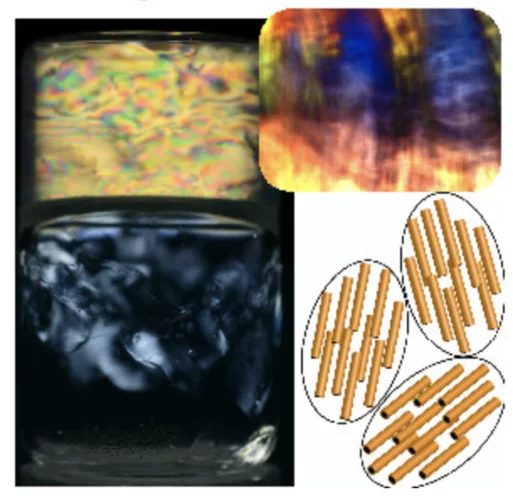
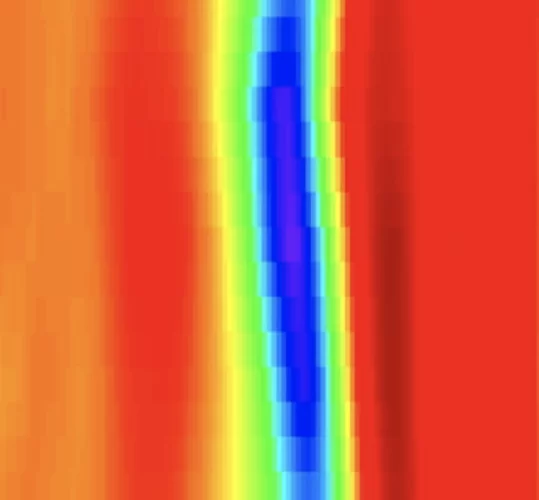
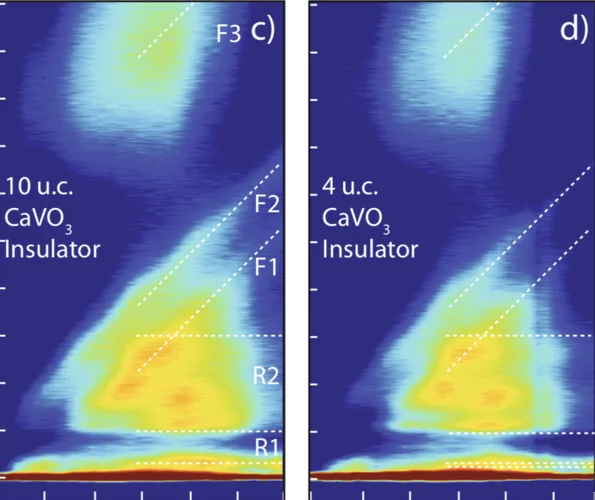
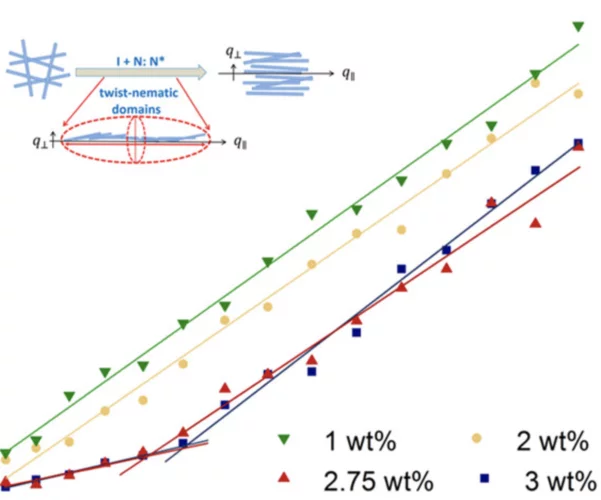
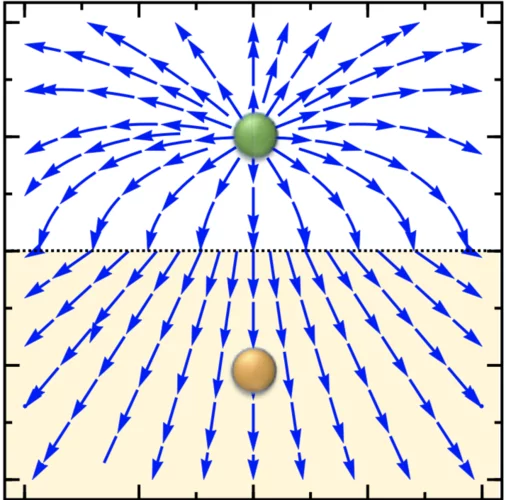
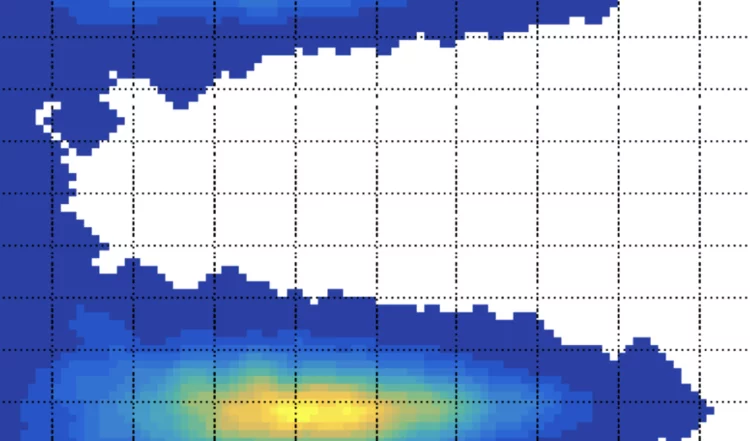
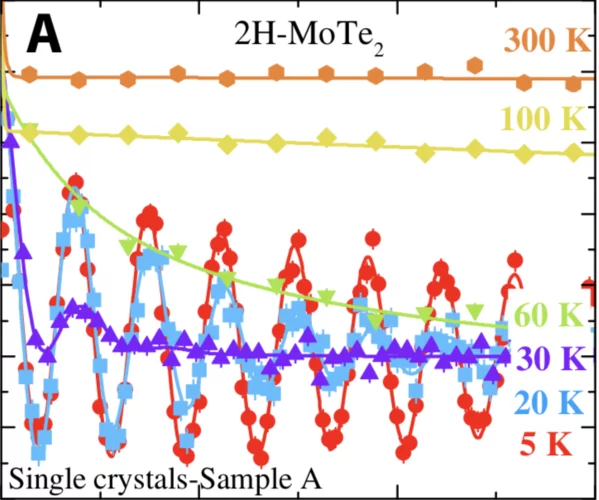


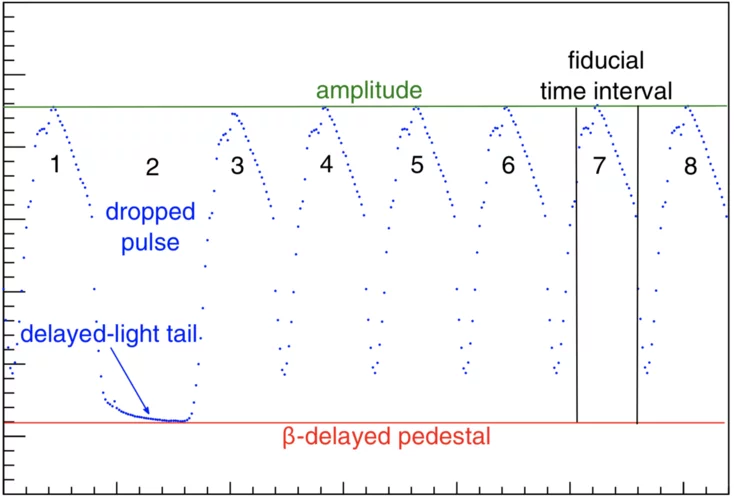
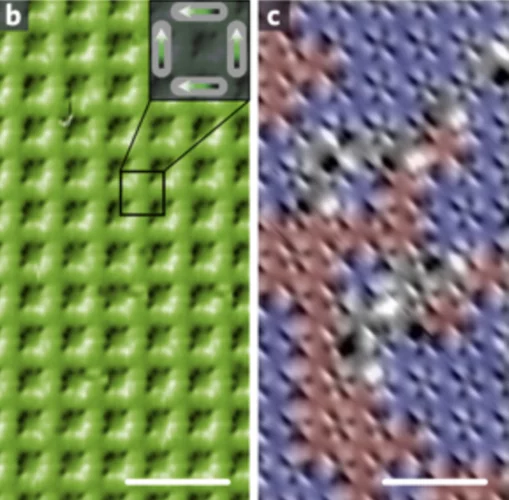
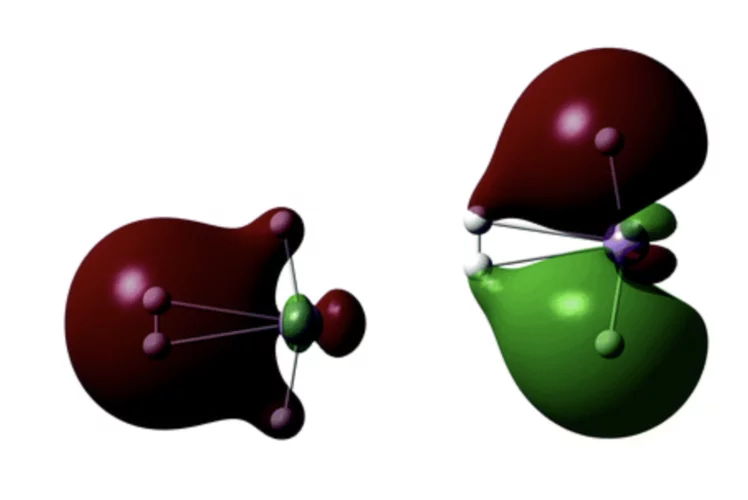


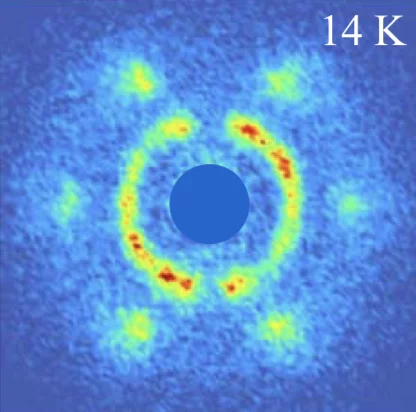
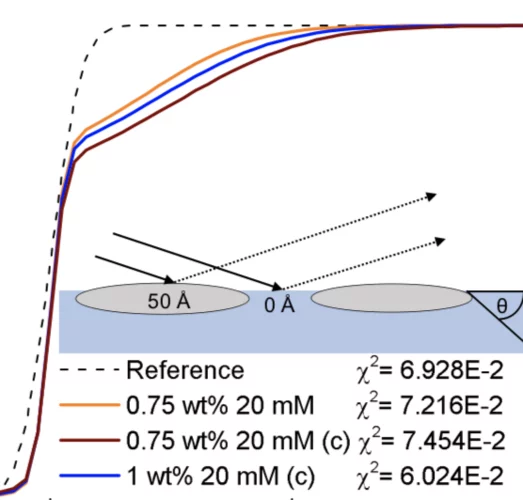
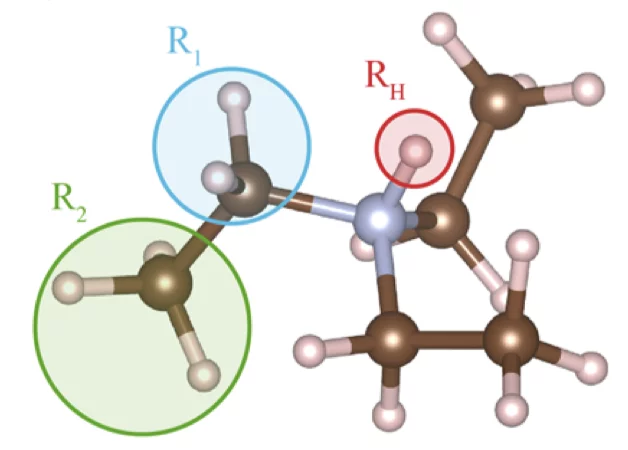
![Neutron scattering pattern of the material CsNiCrF6 showing magnetic correlations. Left: experiment; right: theory.(Image reproduced from [1].)](/sites/default/files/styles/teaser_grid_3_2_scale_xl/public/import/num/News20181028ChargeIceEN/Fig4.png.webp?itok=CTt-QW9c)
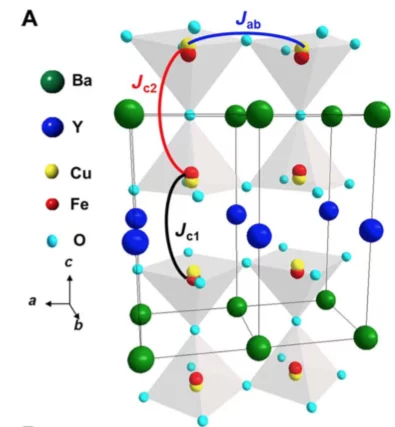

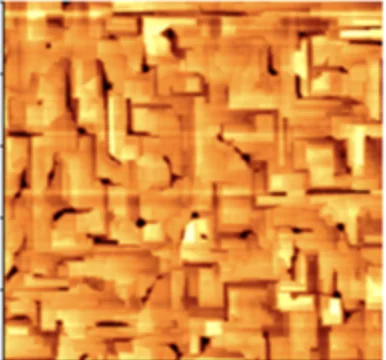
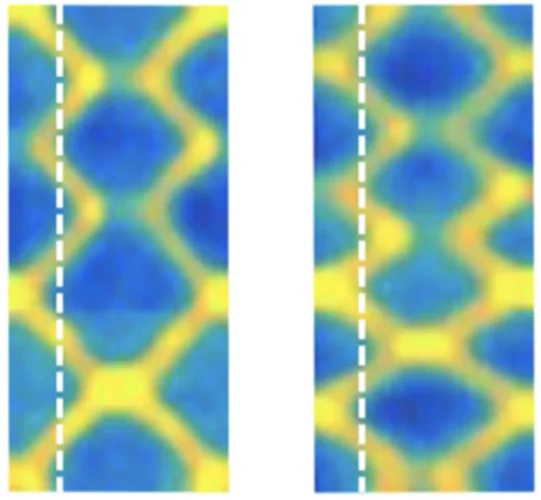
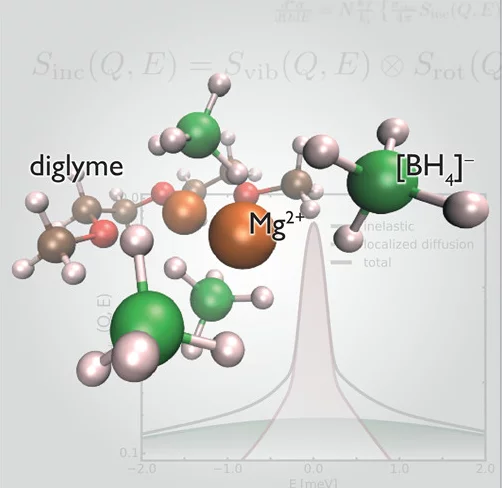
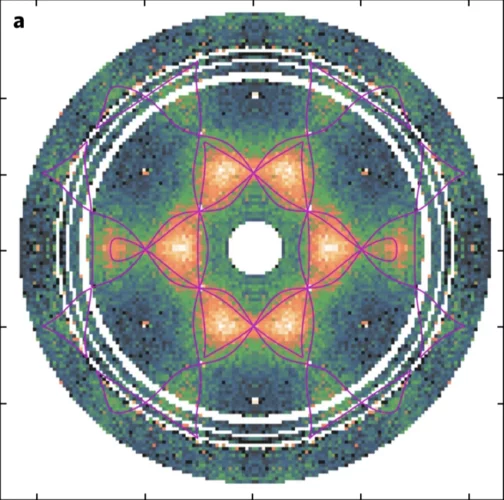
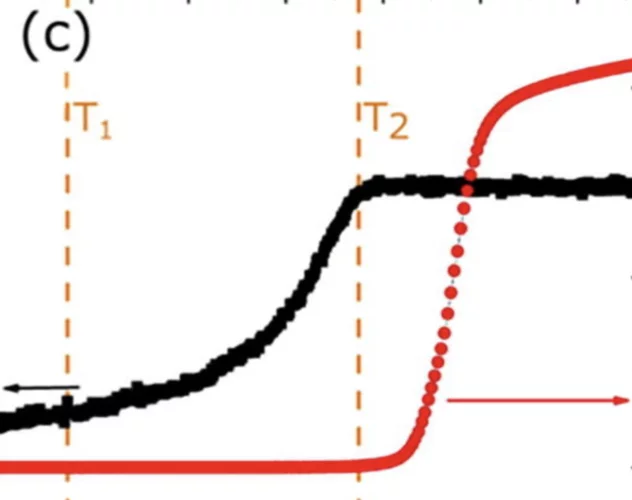

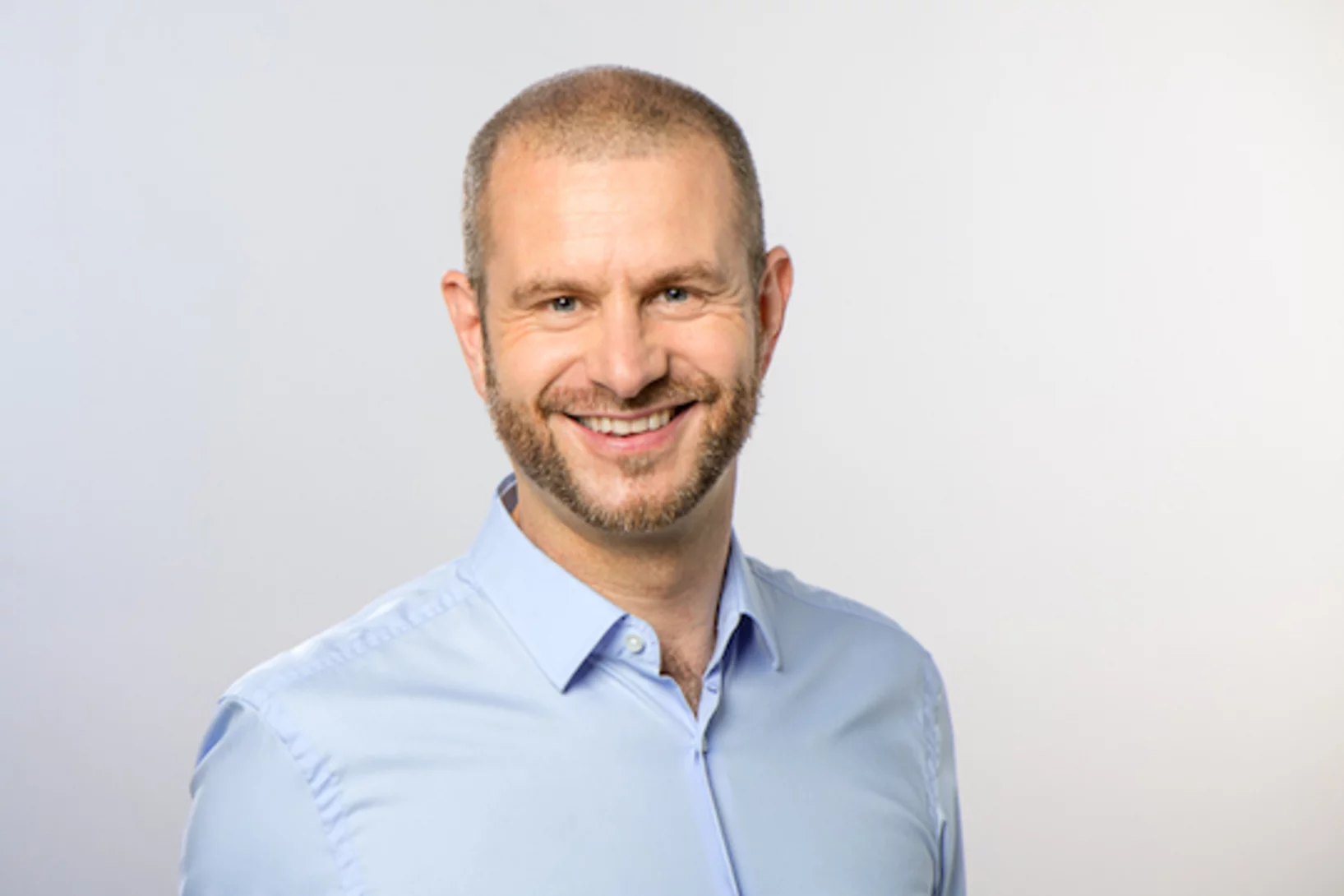
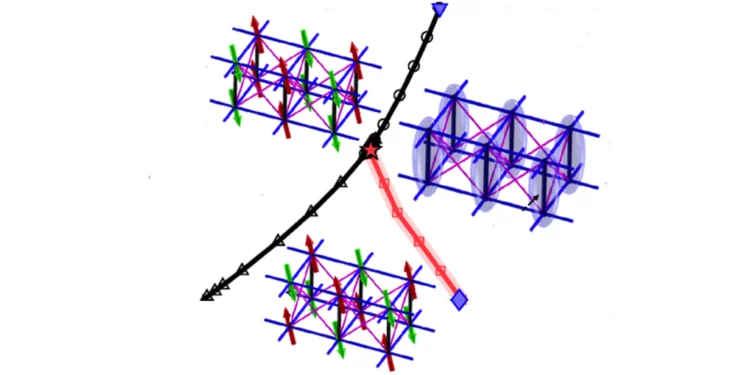

![Crystallographic structure of [CuF2(H2O)2]2pyrazine below (left) and above the structural phase transition observed at 18 kbar. The images show calculated spin-density distributions of the ground state, with spins up and down represented in cyan and green, respectively. (Image adapted from [1].)](/sites/default/files/styles/teaser_grid_3_2_scale_xl/public/import/num/News20180914PressureEN/Pressure.png.webp?itok=TwuZCxxZ)